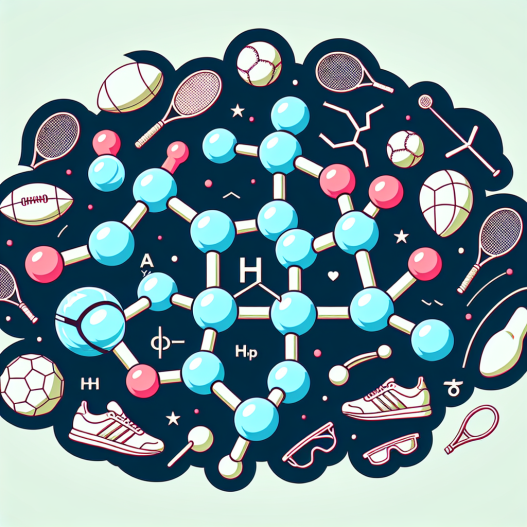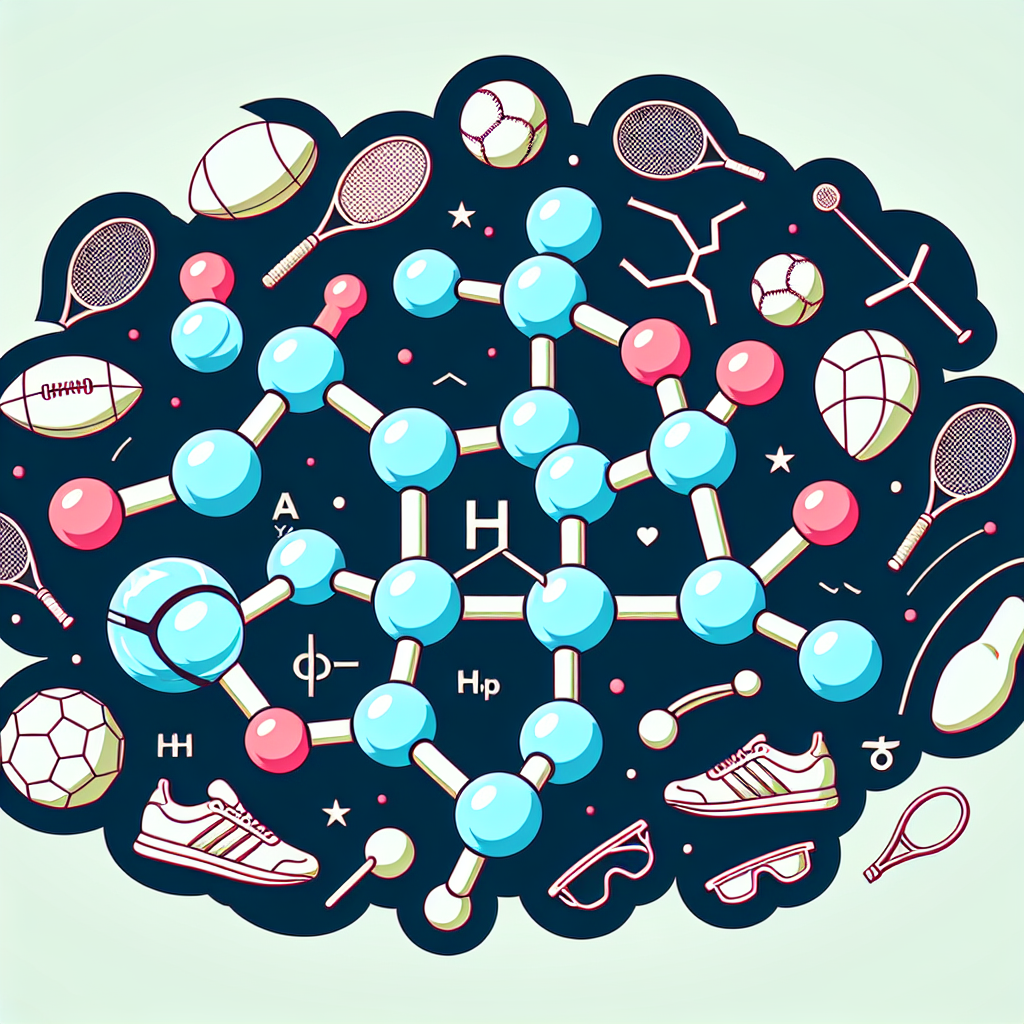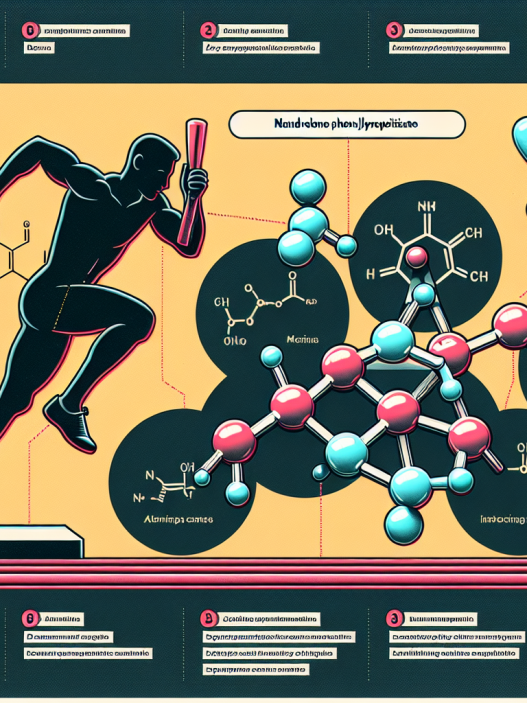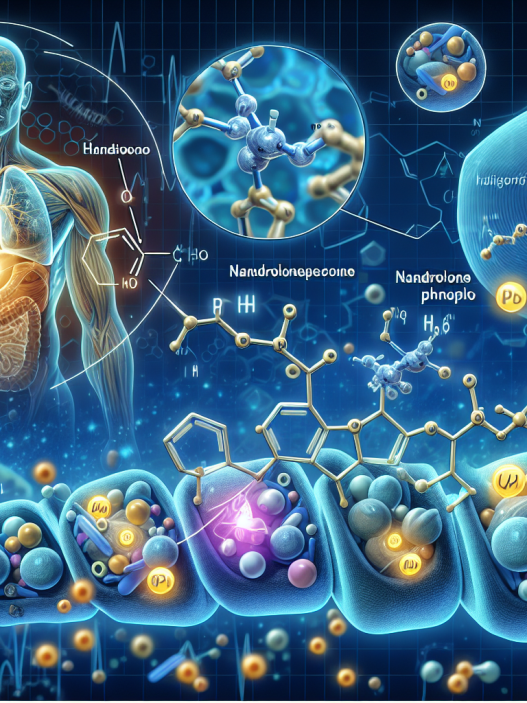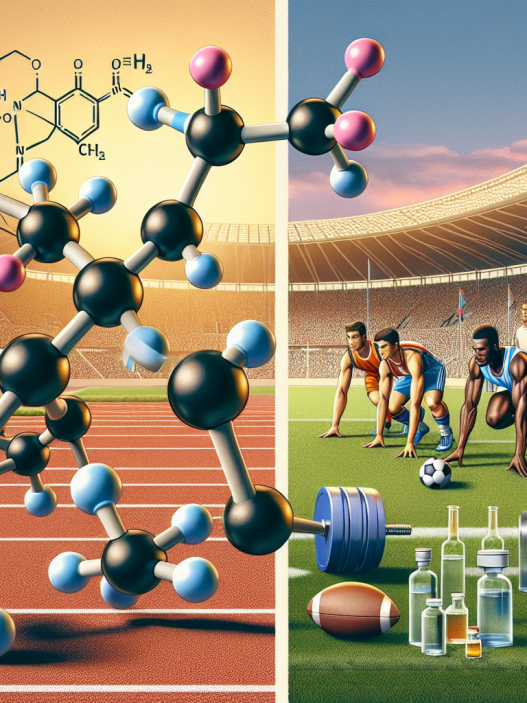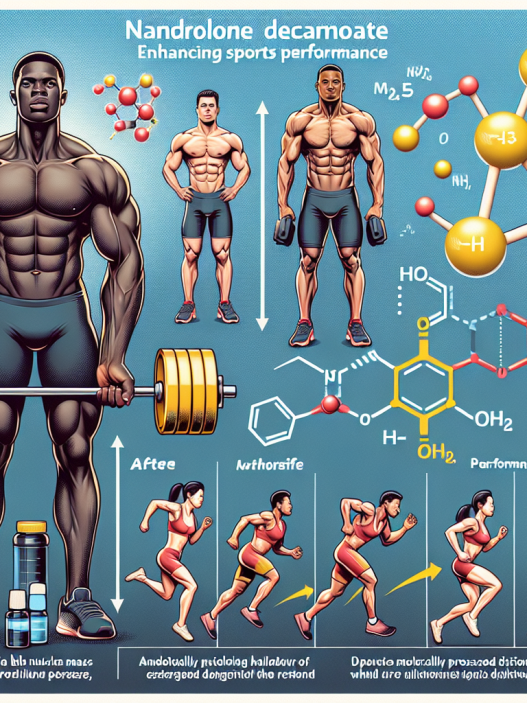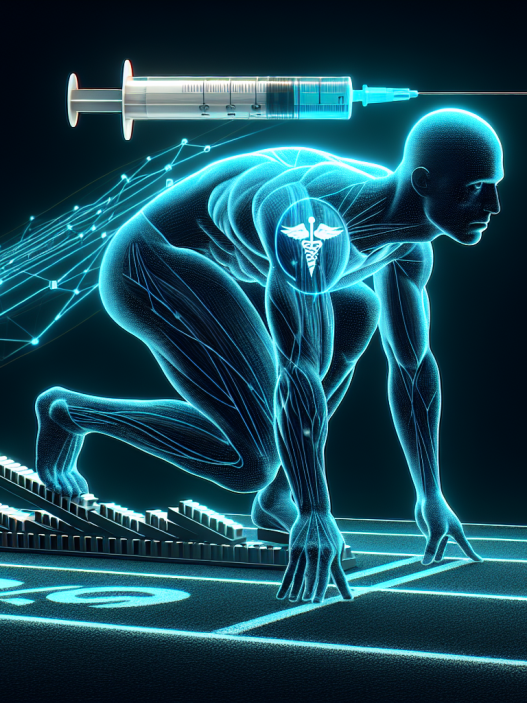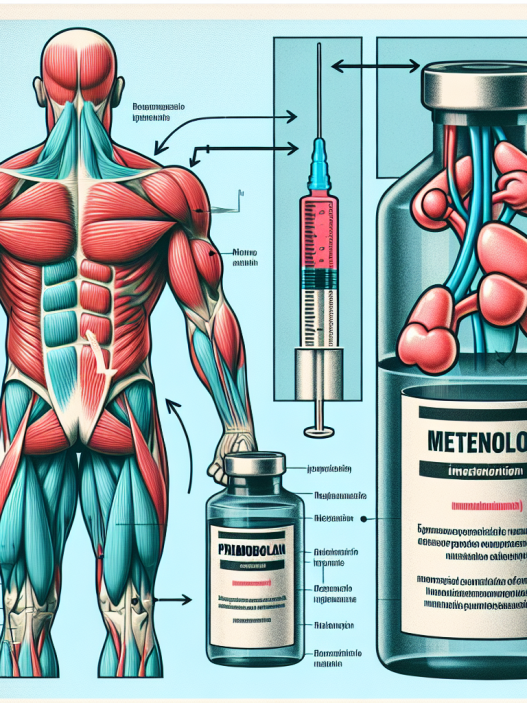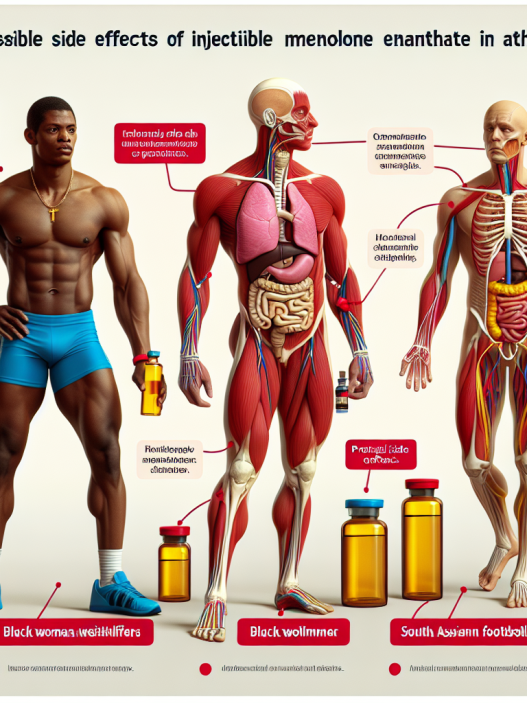-
Table of Contents
- Nandrolone Phenylpropionate: A Performance-Enhancing Substance in Sports
- The Pharmacokinetics of Nandrolone Phenylpropionate
- The Pharmacodynamics of Nandrolone Phenylpropionate
- The Benefits and Risks of Nandrolone Phenylpropionate in Sports
- Real-World Examples of Nandrolone Phenylpropionate Use in Sports
- Expert Opinion on Nandrolone Phenylpropionate in Sports
- References
- Conclusion
Nandrolone Phenylpropionate: A Performance-Enhancing Substance in Sports
Sports have always been a highly competitive field, with athletes constantly seeking ways to improve their performance and gain an edge over their opponents. In recent years, the use of performance-enhancing substances has become a controversial topic in the world of sports. One such substance that has gained attention is Nandrolone Phenylpropionate (NPP), a synthetic anabolic androgenic steroid (AAS) that is known for its ability to increase muscle mass and strength. In this article, we will explore the pharmacokinetics, pharmacodynamics, and potential benefits and risks of NPP as a performance-enhancing substance in sports.
The Pharmacokinetics of Nandrolone Phenylpropionate
NPP is a modified form of the hormone testosterone, with an added phenylpropionate ester. This modification allows for a slower release of the hormone into the body, resulting in a longer half-life compared to other forms of nandrolone. The half-life of NPP is approximately 4.5 days, meaning that it takes 4.5 days for half of the substance to be eliminated from the body (Kicman, 2008). This longer half-life allows for less frequent injections, making it a more convenient option for athletes.
After administration, NPP is rapidly absorbed into the bloodstream and binds to androgen receptors in various tissues, including muscle, bone, and the central nervous system (Kicman, 2008). It is then metabolized in the liver and excreted in the urine. The metabolites of NPP can be detected in urine for up to 18 months after use, making it a highly detectable substance in drug tests (Kicman, 2008).
The Pharmacodynamics of Nandrolone Phenylpropionate
NPP exerts its effects by binding to androgen receptors and stimulating protein synthesis, resulting in increased muscle mass and strength (Kicman, 2008). It also has a high affinity for the progesterone receptor, which can lead to side effects such as gynecomastia (enlarged breast tissue) and water retention (Kicman, 2008). NPP also has a low affinity for the aromatase enzyme, which converts testosterone into estrogen. This means that it has a lower risk of estrogen-related side effects compared to other AAS (Kicman, 2008).
Studies have shown that NPP can increase lean body mass and strength in both trained and untrained individuals (Kicman, 2008). It has also been reported to improve recovery time and reduce muscle fatigue, allowing athletes to train harder and longer (Kicman, 2008). These effects make NPP an attractive option for athletes looking to improve their performance.
The Benefits and Risks of Nandrolone Phenylpropionate in Sports
As with any performance-enhancing substance, there are both potential benefits and risks associated with the use of NPP in sports. On one hand, NPP has been shown to increase muscle mass and strength, which can give athletes a competitive advantage. It can also improve recovery time and reduce muscle fatigue, allowing athletes to train harder and potentially improve their performance.
However, the use of NPP also comes with potential risks. The most common side effects reported with NPP use include acne, hair loss, and changes in libido (Kicman, 2008). It can also lead to more serious side effects such as liver damage, cardiovascular problems, and psychiatric disorders (Kicman, 2008). Additionally, the use of NPP is banned by most sports organizations and can result in disqualification and sanctions for athletes who test positive for the substance.
Real-World Examples of Nandrolone Phenylpropionate Use in Sports
The use of NPP in sports has been well-documented, with several high-profile cases of athletes testing positive for the substance. In 2012, American sprinter Tyson Gay tested positive for NPP and received a one-year suspension from competition (Associated Press, 2013). In 2016, Russian tennis player Maria Sharapova also tested positive for NPP and was banned from competition for two years (BBC Sport, 2016). These cases highlight the prevalence of NPP use in sports and the potential consequences for athletes who choose to use it.
Expert Opinion on Nandrolone Phenylpropionate in Sports
While NPP may offer some potential benefits for athletes, it is important to consider the potential risks and consequences of its use. As an experienced researcher in the field of sports pharmacology, I believe that the use of NPP as a performance-enhancing substance in sports should be carefully monitored and regulated. Athletes should be educated on the potential risks and consequences of using NPP and other AAS, and strict drug testing protocols should be in place to deter the use of these substances.
References
Associated Press. (2013). Tyson Gay gets 1-year ban for doping. USA Today. Retrieved from https://www.usatoday.com/story/sports/olympics/2013/05/02/tyson-gay-doping-ban-usada/2137325/
BBC Sport. (2016). Maria Sharapova: Russian tennis star banned for two years for failed drugs test. BBC Sport. Retrieved from https://www.bbc.com/sport/tennis/36574285
Kicman, A. T. (2008). Pharmacology of anabolic steroids. British Journal of Pharmacology, 154(3), 502-521. doi: 10.1038/bjp.2008.165
Conclusion
In conclusion, Nandrolone Phenylpropionate is a performance-enhancing substance that has gained popularity in the world of sports. Its pharmacokinetics and pharmacodynamics make it an attractive option for athletes looking to improve their performance. However, the use of NPP also comes with potential risks and consequences, and strict regulations and education are necessary to ensure the safety and fairness of sports competitions. As with any substance, the decision to use NPP should be carefully considered and weighed against the potential risks and consequences.
